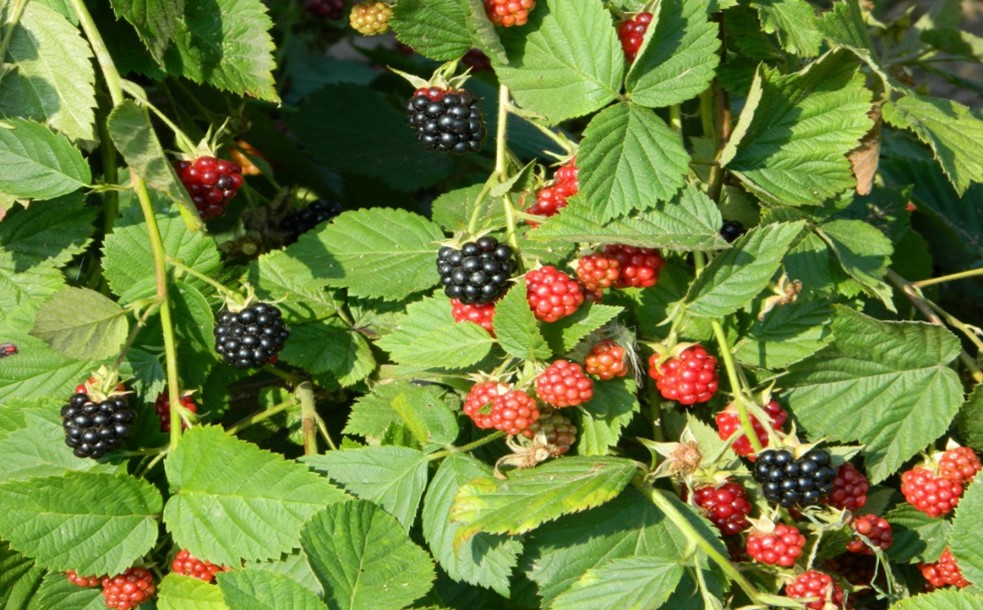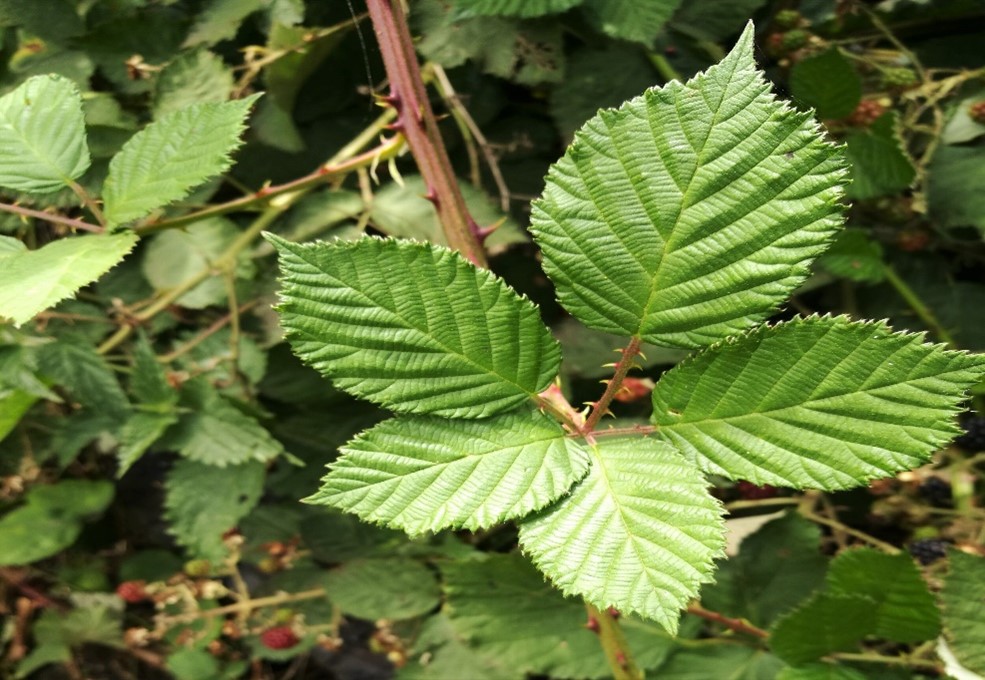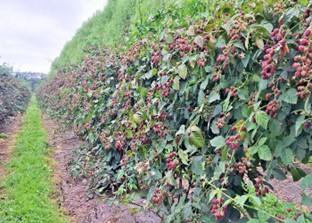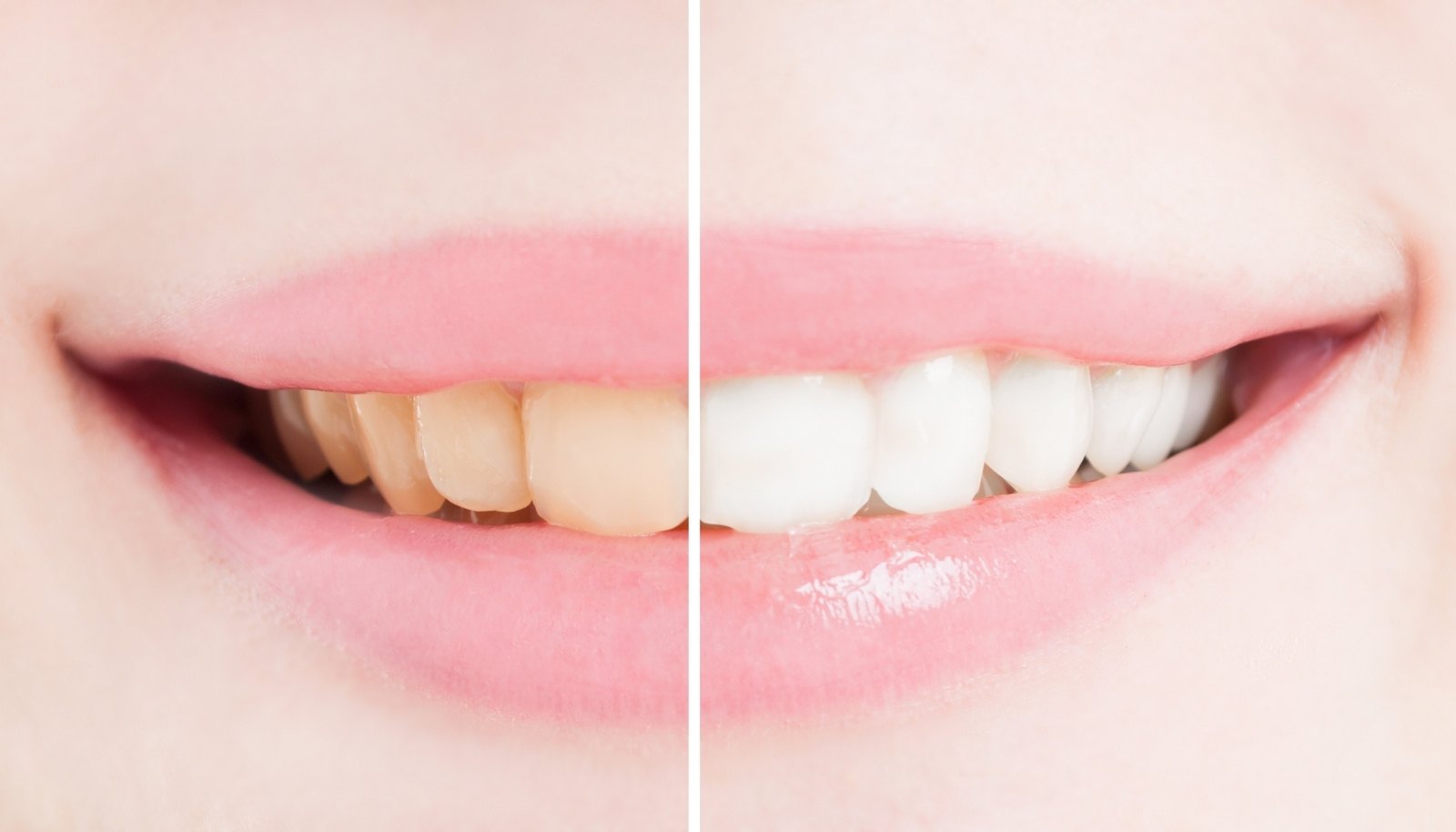
BLACKBERRY
Latin: Rubus fruticosus L.
English: Blackberry
It is possible to find wild blackberries in almost every region of our country and its suitability for the industry as well as its fresh consumption as table food has made its cultivation gain importance. Blackberry, which is an economic variety for agriculture-based industrial organizations in terms of a wide variety of processing techniques, is a sought-after berry fruit in fruit juice, jam, marmalade and beverage industry, canning, pastry and ice cream industry. The flowering period of the fruit starts in May and continues until the end of August. Due to the long ripening period, clusters in different ripening periods can be seen on the branches.
Blackberry fruit, which is actually not selective in soil demand as well as climate demand, develops better in permeable, deep soils and semi-acidic soils. The richness of nutrients in the soil significantly increases yield and quality. The depth of the soil should be at least 1 meter. Healthy seedlings with well-developed roots should be preferred for planting. For vertical growing varieties, the row spacing should be 0.5 meters and 1.5 meters between rows. This ratio is 3 X 3.5 meters for horizontally growing varieties. In general, it measures 2.5 X 1.5 meters. Single wire planting system is recommended and branches should be tied to the wire at 70, 130 and 180 cm high. The ripened fruit is collected with sepals. Round black and purplish colored fruits should be harvested. Harvest time starts at the end of June and continues until the end of September, depending on climatic conditions. Yield is 2 tons per decare on average.
What Are the Best Climate and Soil Conditions for Growing Blackberries?
Blackberries can adapt to a wide range of climates, but they thrive best in deep and semi-acidic soils. The richer and more permeable the soil, the higher the yield and quality of the fruit.
When and How Should Blackberries Be Planted?
Healthy and well-developed saplings should be used for planting. Although the planting time can vary depending on climatic conditions, it is generally done at the beginning of spring. Planting density and method vary depending on the variety chosen.
How Does the Maturation Process of Blackberry Fruit Progress?
The flowering period of the fruit begins in May and continues until the end of August. The maturation process is long, so fruits at different stages of ripeness can be seen on the branches at the same time.
When Should Blackberries Be Harvested and What Should Be Considered?
Harvesting usually runs from late June to the end of September. Fruits should be harvested when they are round, black, and purplish in color, along with their calyx leaves. The timing of the harvest can vary based on regional climate conditions.
What Is the Industrial Use of Blackberries and In Which Products Are They Preferred?
Blackberries are used in a wide range of products from juice, jam, and marmalade to the liquor industry, and from canning to the pastry and ice cream industries. Thanks to economical and diverse processing techniques, blackberries are considered a valuable raw material for agro-industrial establishments.

Blackberries are delicious and nutritious berries rich in nutritional components. They contain vitamins such as vitamin A, vitamin B1 (thiamine), vitamin B2 (riboflavin), vitamin B3 (niacin), vitamin B6, folic acid, vitamin C (ascorbic acid), vitamin E (alpha-tocopherol) and vitamin K (phylloquinone). Blackberries are also a good source of amino acids and essential dietary fiber, along with calcium, iron, magnesium, phosphorus, potassium and zinc, and they contain no harmful cholesterol. Blackberries are one of the 10 foods highest in antioxidants.
Cosmetics: Hair care, skin care (acne and acne treatment), cell renewal, wrinkle removal
Food Supplements: Antioxidant supplement, dietary supplement
Beverage Flavoring: Tea, juice, jam and wine production
Pet Health, Food, Cosmetics: Dog, cat food
Herbal Medicine: Syrup, vitamin supplements
Cleaning: Manicure lotion
Extract Form: Liquid






